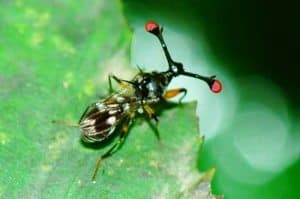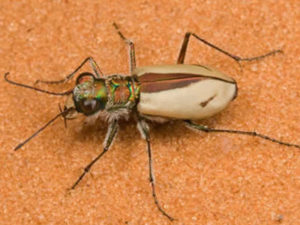
Mitchell’s Satyr Butterfly Facts Mitchell’s Satyr Butterfly Physical Characteristics The rather gorgeous Mitchell’s Satyr Butterfly ranks as a moderate-sized variety of butterfly. This species possesses an average wingspan of roughly 1.75 in (4.45 cm). The coloring predominantly includes a light brown. A distinctive series of eyespots also appears in the lower regions of both sets […]Read More





















